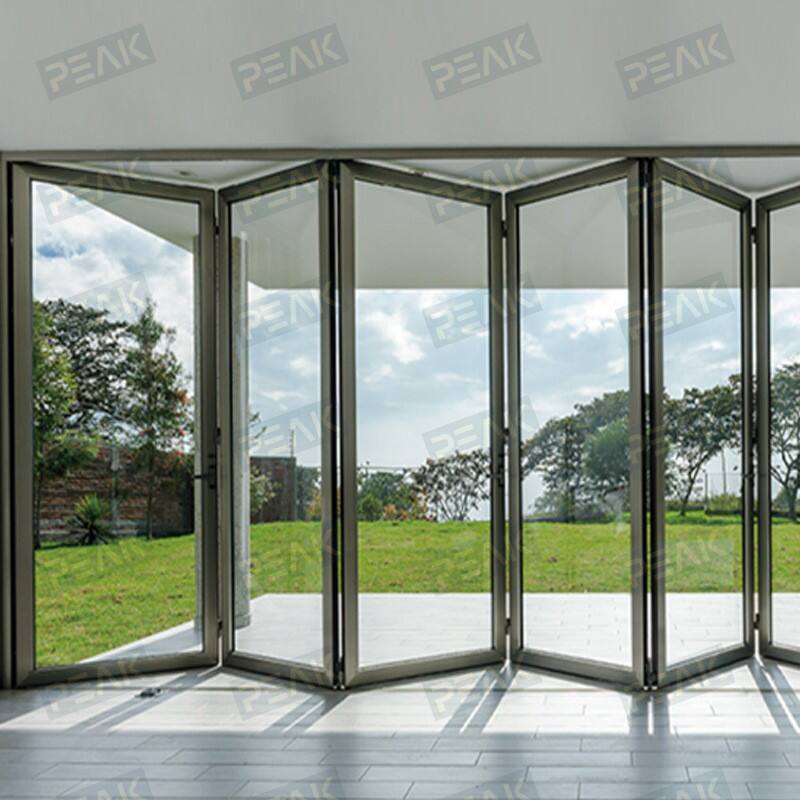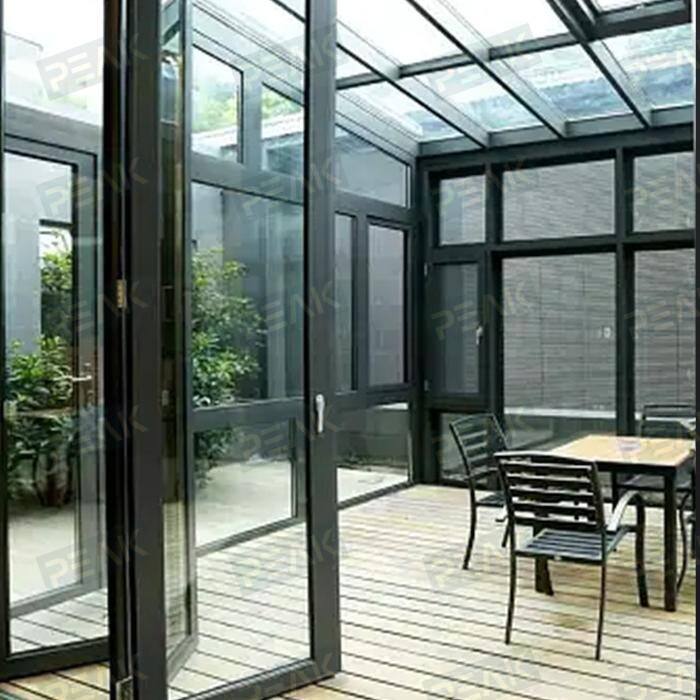the heat insulation thermal break aluminum doors and windows
Heat insulation thermal break aluminum doors and windows represent a significant advancement in building envelope technology, combining durability with superior thermal performance. These systems feature a specialized design where the aluminum profiles are separated by a low thermal conductivity material, creating a thermal break that effectively minimizes heat transfer between indoor and outdoor environments. The thermal break technology consists of polyamide strips or other insulating materials inserted between the interior and exterior aluminum profiles, preventing thermal bridging and significantly reducing energy loss. These systems typically achieve U-values as low as 1.4 W/m²K, making them highly efficient in maintaining indoor temperature stability. The doors and windows are engineered with multiple chamber designs, incorporating advanced weatherstripping and multi-point locking mechanisms to ensure excellent air tightness and security. The aluminum construction provides structural integrity and longevity, while the thermal break technology addresses the metal's naturally high thermal conductivity, creating an energy-efficient solution for modern construction projects.


